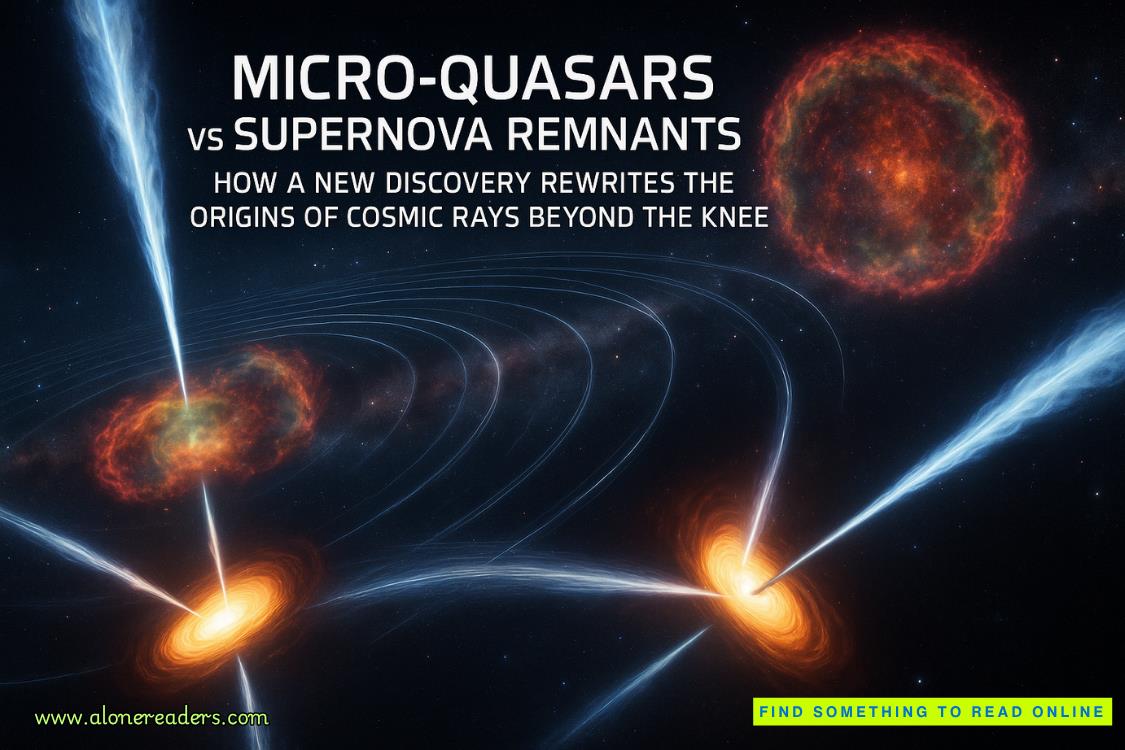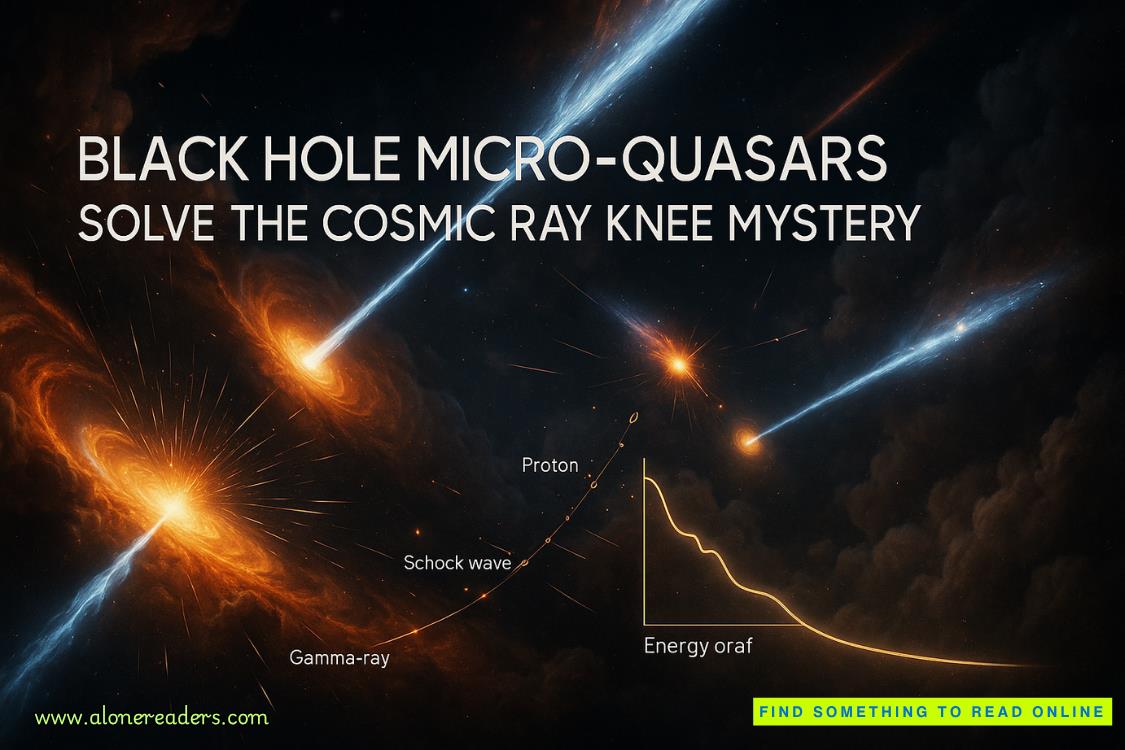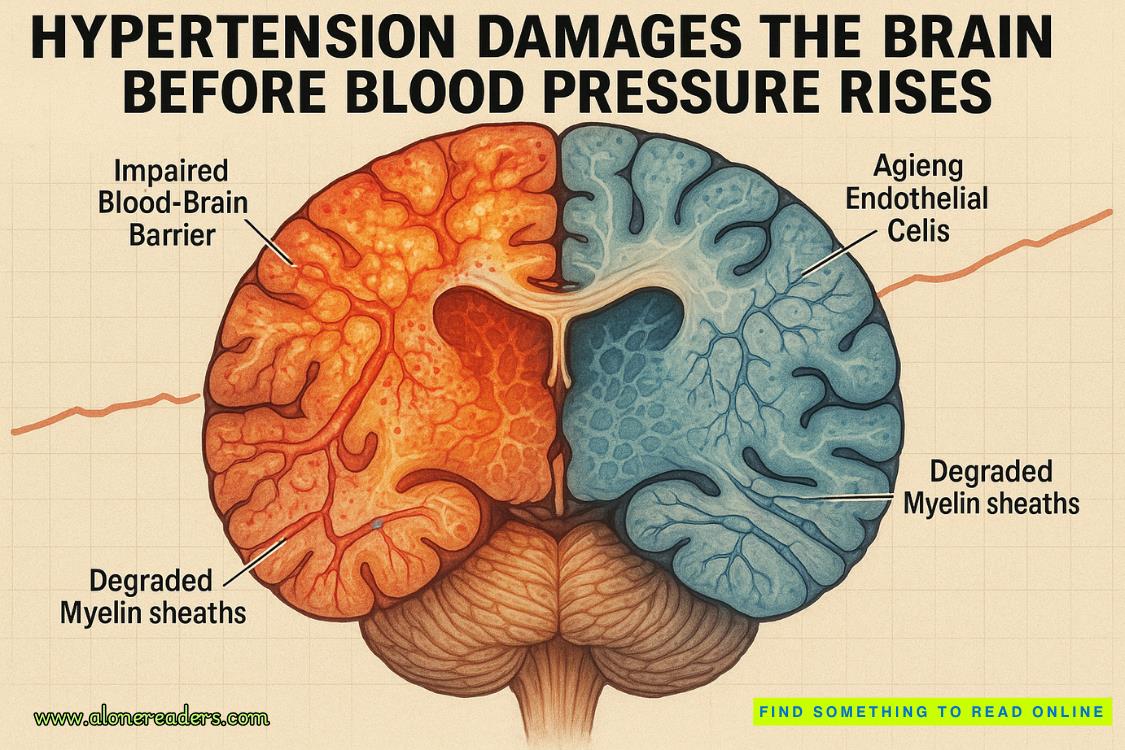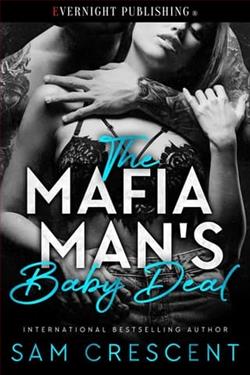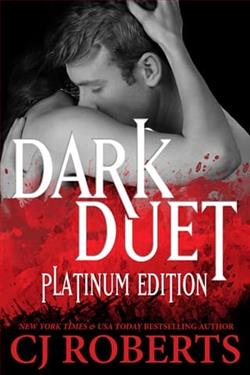Page 69 of Drawing Home
Henry’s rented house had an untended lawn and was surrounded by trees. It was less a vacation house and more the abode of a budding recluse.
“What do you do out here?”
“I’ve started fishing,” he told her excitedly. He was tan and trim, and there was a lightness to him.
“But this house…is this the best you could find?” she asked.
“This is perfection! Come out back.”
She followed him through tall grass and down a gravel path to a large shack in the backyard. The ground around it was littered with sheets of metal and blocks of wood. Her first thought was that the people he rented from really should have cleaned up the mess. She did not make the connection to Henry’s work, not even when Henry swung open the door to the shack and she saw that it was empty of furniture. It was empty of anything except for three metal, five-foot-by-five-foot hollow cubes, each with a metal pole in its center.
“What do you think?” he said.
“I think you should get a refund on this rental.”
“What do you think of mywork?”
Oh.
She walked around the metal cubes, forcing herself to focus and not let the confusion about this change in medium get in the way of an honest assessment.
“They’re interesting,” she said. “Strong. I just…I had no idea you were interested in sculpture. Why didn’t you mention it to me?”
“I know how you feel about my painting. You hate when I turn my attention elsewhere. But Bea, I’m done with it.”
She looked at him sharply. “I’m sure that’s not the case, Henry.”
He laughed, a genuine merry outburst. “Oh, Bea. I wish, just for one minute, you could see things more expansively.”
“And I wish you would stop making rash decisions!”
“It’s not an intellectual decision,” he said. “It’s the way I feel. This is big-picture stuff, Bea. The past few weeks, spending time with Tom sailing and fishing and building fire pits for outdoor cooking, I’ve realized there’s something to be said for getting your hands dirty—and not just with paint and varnish. When you really delve into the physical world, the natural world, you realize you’re connected to everything. At this stage in my life, well, I need that. It’s important to be part of something, Bea.”
“You are a part of something,” she said slowly. “You’re one of the most important artists of your time. Perhaps of all time. We have a gallery together. Something we’ve built over many years. That’s something, is it not?”
He smiled and shook his head as if she were a child who was simply not getting the wisdom being bestowed on her by an elder. Heart in her throat, she tried to steer the conversation onto more solid ground. She assessed the sculptures on autopilot, putting them in context and talking about their strengths and how he might build a cohesive body of work from this point.
“We’ll ship these to the gallery when you’re ready,” she said.
“I’m not selling them,” he said.
Well, that was a small relief. He couldn’t be that serious about the sculptures if he was just going to leave them lying around like rejects of a yard sale.
They walked back outside and stood in silence for a minute, surrounded by insects humming in the grass.
“So what’s the endgame here, Henry?”
He shook his head. “Always so goal-oriented, my friend.” The sun was so bright, it was almost difficult to see color. Everything was washed out.
“Since you ask, I’m going to build a house out here. I’m designing it myself. It will serve as a permanent installation space for my work.” His face flushed with excitement.
Bea did not panic.This too shall pass.
And yet she couldn’t bring herself to stay in Sag Harbor overnight as she’d planned. Whatever was going on with Henry, there was clearly no place for her in the process. She wanted to get back to her beloved Spring Street, even if Henry was temporarily turning away from their shared home. Was this just another of his small rebellions? Or something deeper—a fear of irrelevance? Of death? But no—she kept coming back to the undeniable joy in his countenance.
Around Christmas, he sent for his belongings to be moved out of Spring Street. Four months later, a year since their first trip to Sag Harbor, he did an interview with theNew York Timesannouncing his retirement.
She heard rumors that he was designing a building, that he was painting, that the State of Texas had commissioned a sculpture for a public square. None of it was true. On the rare occasions when they spoke on the phone, they always discussed the past—it was as if the present didn’t exist and there were no plans for the future.

